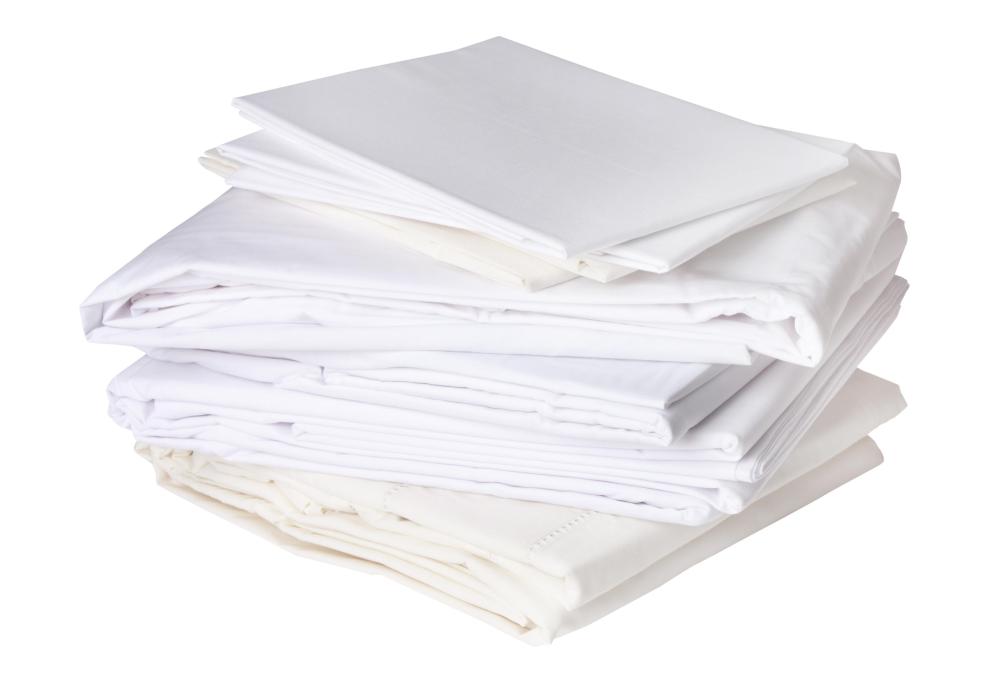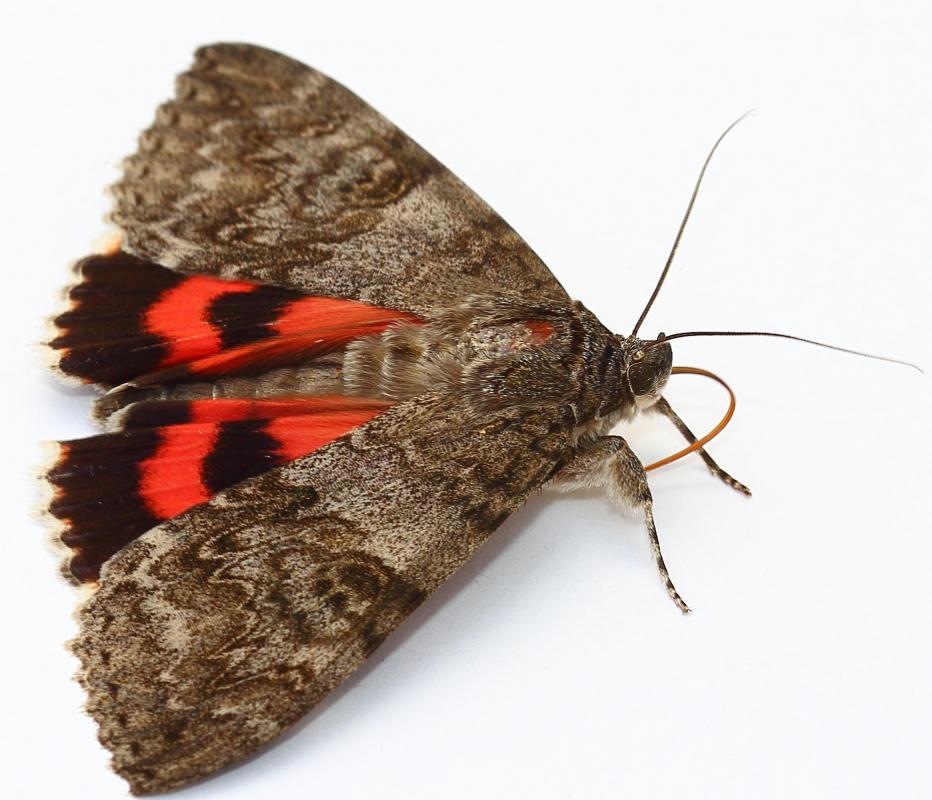At WiseGEEK, we're committed to delivering accurate, trustworthy information. Our expert-authored content is rigorously fact-checked and sourced from credible authorities. Discover how we uphold the highest standards in providing you with reliable knowledge.
How do I Care for Antique Bed Linens?
Diligent care for antique bed linens will enable them to have a longer lifespan. When not in use, antique bed linens should be carefully handwashed and stored in acid-free tissue paper or clean cotton fabric. It should be placed on top of other bedding in the cupboard or drawer so that it does not develop sharp folds. Being sure that the linens do not make contact with any wood or painted surfaces will prevent them from causing discoloration or yellowing. When storing bed linens for extended periods, periodically refold them to eliminate unsightly storage discolorations and fold marks.
When handwashing delicate linens, use a gentle, non-detergent soap. There are washing products specially formulated for antique and delicate textiles, as well as those available specifically made to restore antique fabrics. In dealing with stains and rust, use products that offer the gentlest action and test them first on an inconspicuous part of the linen. It is generally best to avoid chlorine bleach as it is too harsh for most antique bed linens and should only be used as a last resort. Instead, try oxygenated products or white vinegar to remove persistent stains and residual soap.

A gentler way to deal with stains and discoloration is to try placing your linens on a clean surface in full sunlight for several hours on each side, which will both sanitize and brighten the fabric. Musty-smelling linens can also be freshened this way. Some linen owners report success in dealing with persistent stains by using lemon juice, dishwashing detergent, or toothpaste. Borax is also a gentle cleaner and freshener that is safe for linens. Avoid starching linens, as it can discolor the fabric during storage and attracts moths that may eat the starch.

Most antiques experts recommend storing antique bed linens without ironing them, doing the ironing just before use. They should be ironed on the wrong side while still damp from laundering. Some heavier linens need to be quite damp in order to be satisfactorily pressed. In any case, make sure they are completely dry before storing to avoid molding.

If your antique bed linens have moth or rodent damage or dry rot, there is not much that can be done. If the linen tears easily down the middle when pulled from the edges, it has dry rot and should be discarded. Keeping your linens close at hand will enable you to use and enjoy them more frequently.
AS FEATURED ON:
AS FEATURED ON:













Discuss this Article
Post your comments